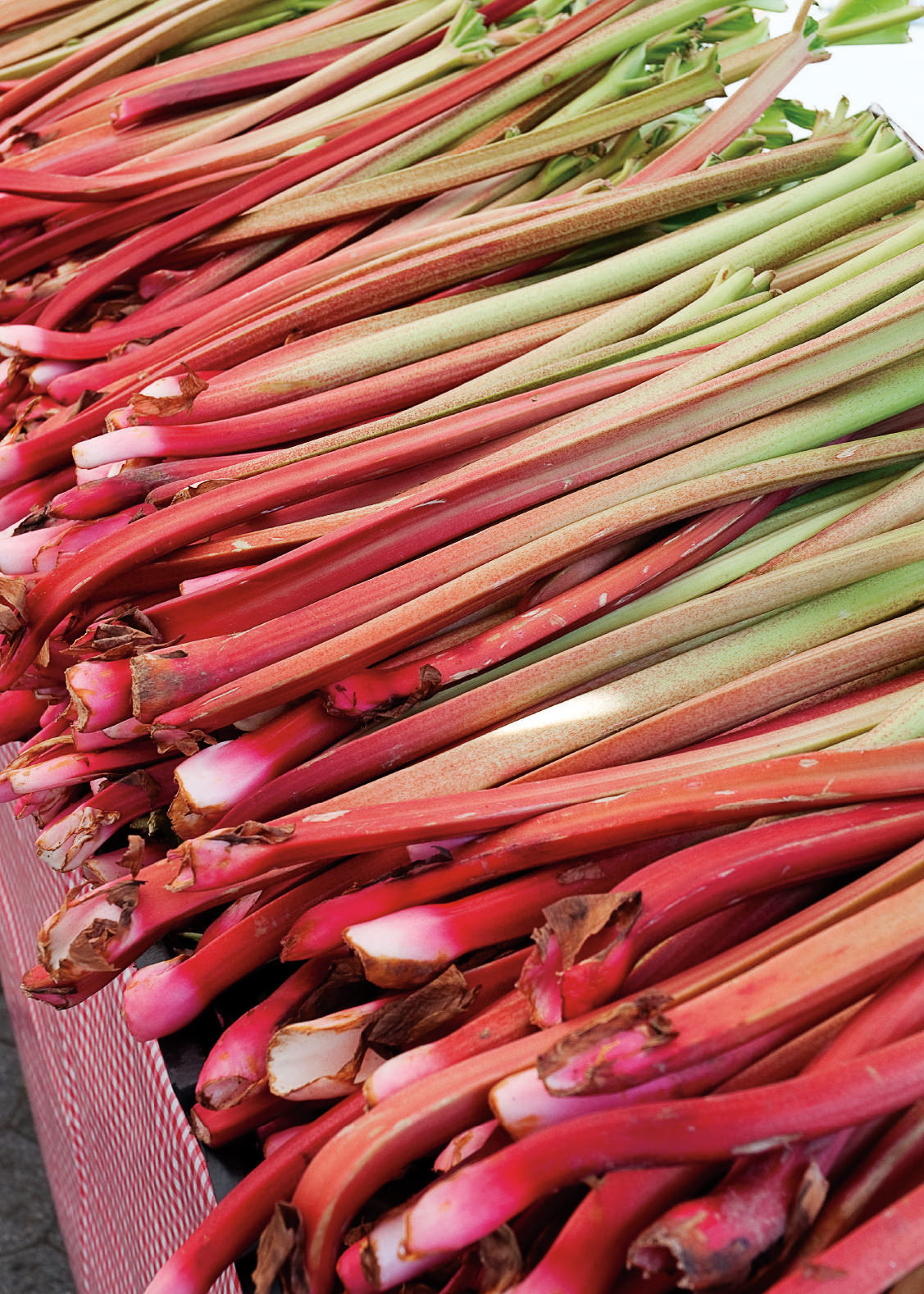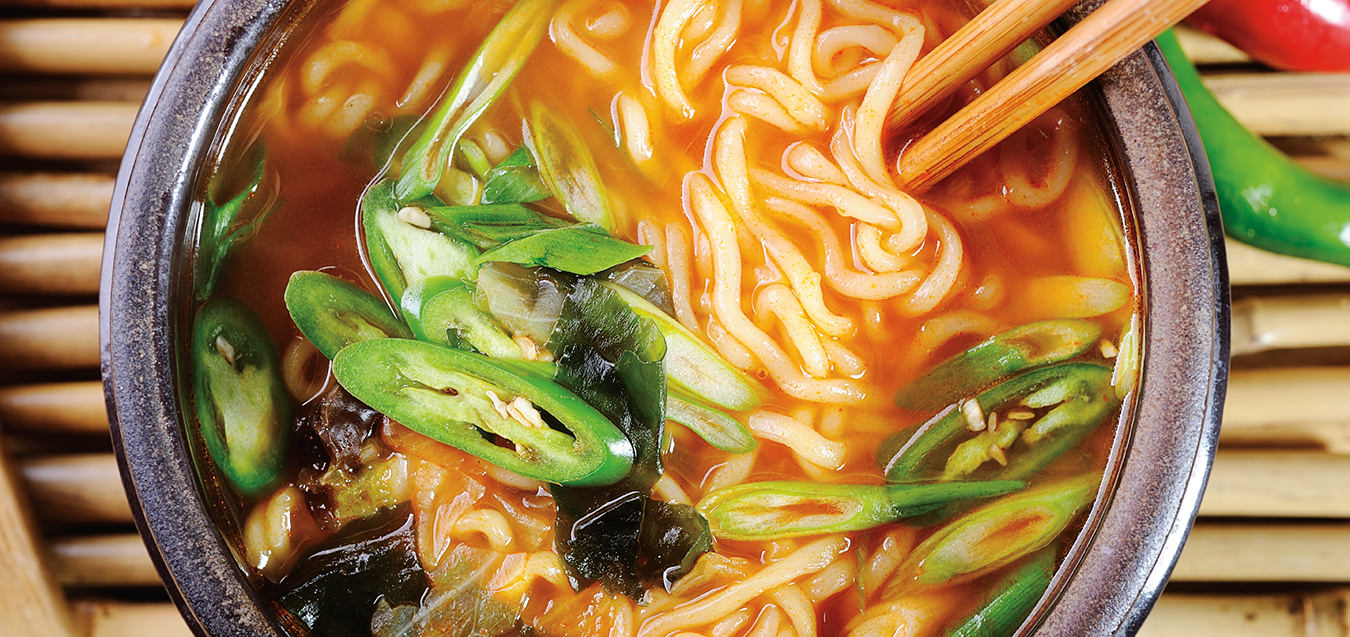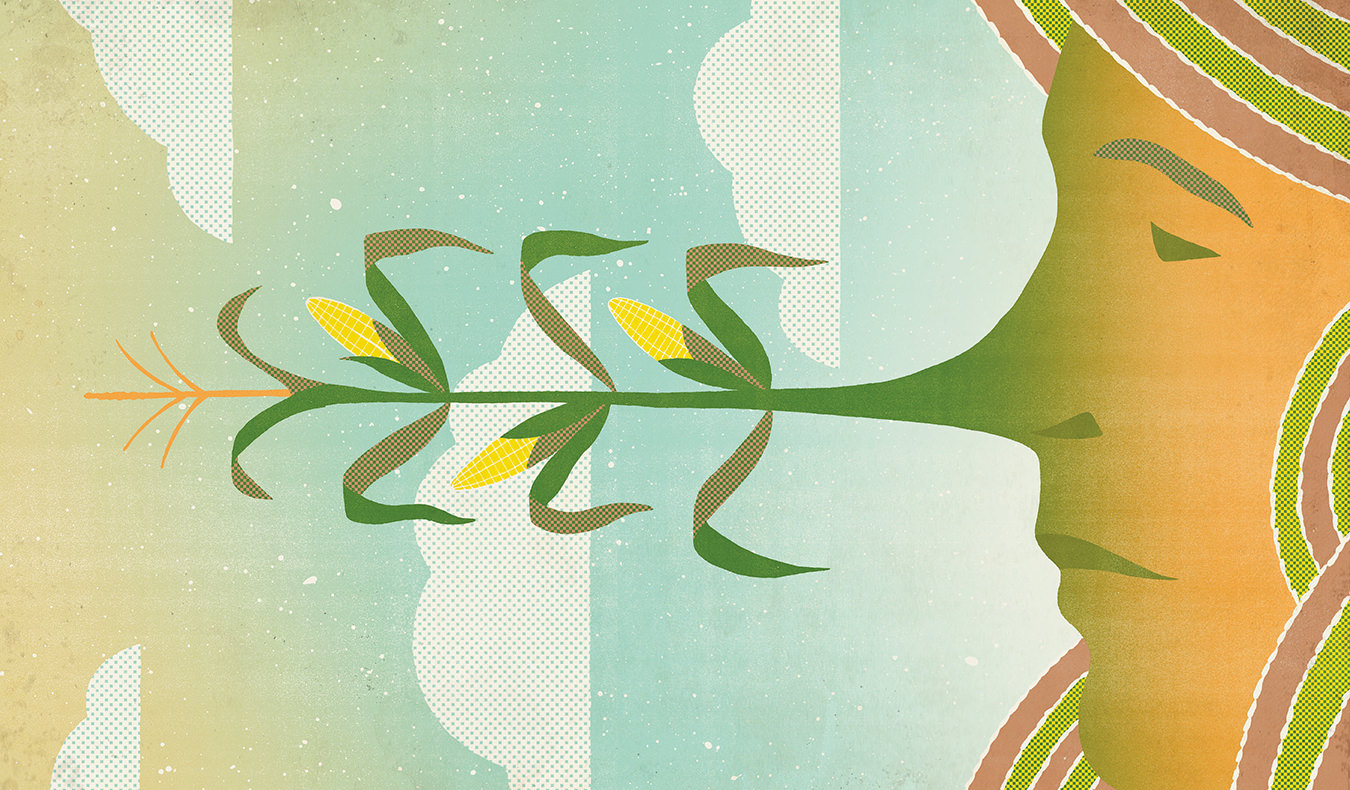Northern Divine Caviar
Best in roe.
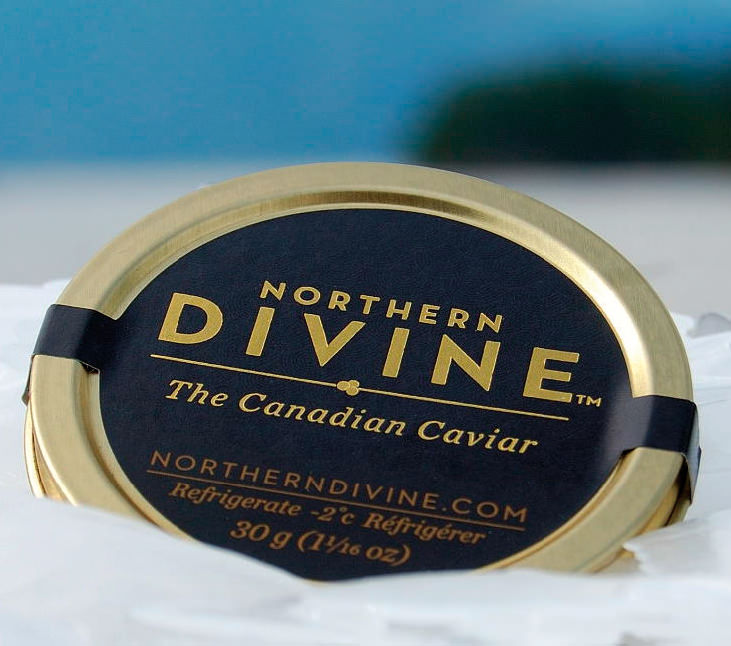
Photo by Barb Watt.
I was in a conundrum, deciding how best to reach euphoria with my tiny tin of caviar. Washed back with champagne or vodka, lathered on toast points or blini? A squeeze of lemon? Perhaps a chopped egg and minced onion, or a dollop of crème fraîche. Or maybe with mashed bananas, like the kids of Czar Nicholas II had for breakfast.
Caviar connoisseurs go for the body shot, similar to the salt, tequila, and lime rigmarole. You make a fist with one hand and dab some caviar onto the wedge of skin between your thumb and forefinger. Lick the black beads off your hand, roll them around your tongue, and chase them with a shot of icy vodka.
In the end, I go the purist route and eat the glistening globules off a mother-of-pearl spoon. Plastic or ceramic will do in a pinch, but not metal, as it is believed to taint the precious beads.
This taste of luxe indulgence doesn’t come from Russia, where wild beluga sturgeon have gone the way of the Romanovs. It is Northern Divine caviar from sustainably farmed sturgeon, from Target Marine Hatcheries in Sechelt, British Columbia.
It’s been said that raising sturgeon on a farm to produce caviar was the equivalent of planting a forest to start a paper mill, but Target Marine’s gamble seems to have paid off. As the only hatchery in Canada to raise white sturgeon, it owes its success to timing and the dire straits of wild caviar.
“We got into culturing sturgeon just as the Caspian Sea stocks began to collapse,” says Justin Henry, general manager of Target Marine. “When the USSR fell in 1991, its fisheries also fell apart and our door opened. We hatched our plan in 1998, and this year we harvested 300 kilograms of caviar from 89 fish that were in their eleventh year.” These sturgeon were raised by Vancouver Island University’s sturgeon conservation program; Target Marine will use their own roe to hatch the next generation of sturgeon.
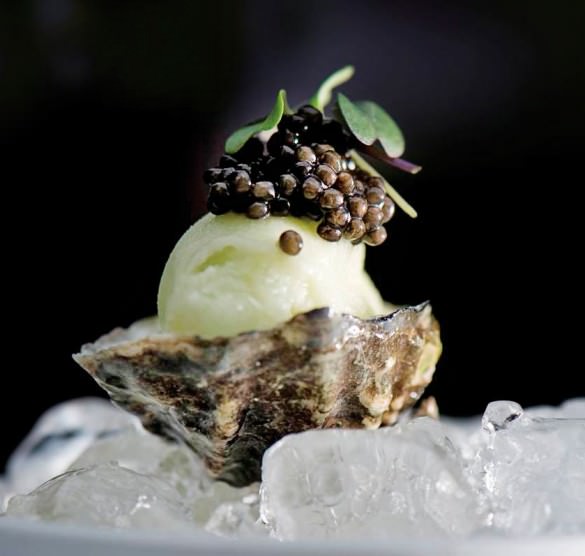
Photo by Hamid Attie.
The Russians, under the Communist regime, had strict controls on fisheries production, and as a result, sturgeon flourished and caviar was a luxury product. But when the 300-year-old Russian caviar cartel collapsed, the five nations that surrounded the Caspian could market as much caviar as they wanted, and competition was fierce. Processing plants in the Soviet Union were sold off to entrepreneurs, and Russian poachers (who called themselves brakanieri, or buccaneers) pillaged and plundered the Volga River and other waters crucial to spawning sturgeon.
In 1998, sturgeon was designated an endangered species, and a plan to save the ancient fish was set in motion—by limiting supplies. This idea spawned suitcase smugglers, including one Russian who arrived at JFK Airport with 659 pounds of caviar, which retailed for about $500,000 (U.S.); the smuggler pled guilty and spent 10 months in jail. At that time, illegal caviar was selling in Moscow for anywhere from $33 to almost $60 (U.S.) a kilogram; legal caviar cost about twice as much and, in some cases, even more. Despite the restrictions, sturgeon stocks dwindled to the point of critical endangerment, and in 2006, the United Nations imposed an almost total ban on Caspian Sea caviar.
But you can eat Northern Divine caviar with a clear conscience. It has the Ocean Wise stamp of approval, meaning its caviar—cultivated from land-based, fish-farmed Fraser River white sturgeon, a native B.C. species—is sustainable. Target Marine operates using a high-tech water recirculation and waste-recovery system. “The meat goes to white-linen restaurants and heads go to the Asian markets,” says Henry. “Now we are trying to develop a product from the sturgeon to be used as a shark-fin replacement.” Northern Divine caviar is so traceable that a scannable QR code on the bottom of the tin tells you everything about the fish that provided your caviar, including the day it was born and its size, weight, and length.
Kelly Reid, born and raised on the Sunshine Coast, is Northern Divine’s caviar-meister. She has experience harvesting roe, having trained at various caviar plants, and studied caviar-making techniques from various processing companies around the globe. Reid is to caviar what a vintner is to wine. And just as terroir is crucial to the wine, “caviar is cultured in different environments—feed and water types can influence the caviar’s quality,” Reid explains.
Northern Divine caviar is now popping up at restaurants like Blue Water Café, C, and Hawksworth, and you can also order online—the company will courier overnight to anywhere in Canada. Rest assured that you are eating an ethical luxury.
Top photo by Barb Watt.

